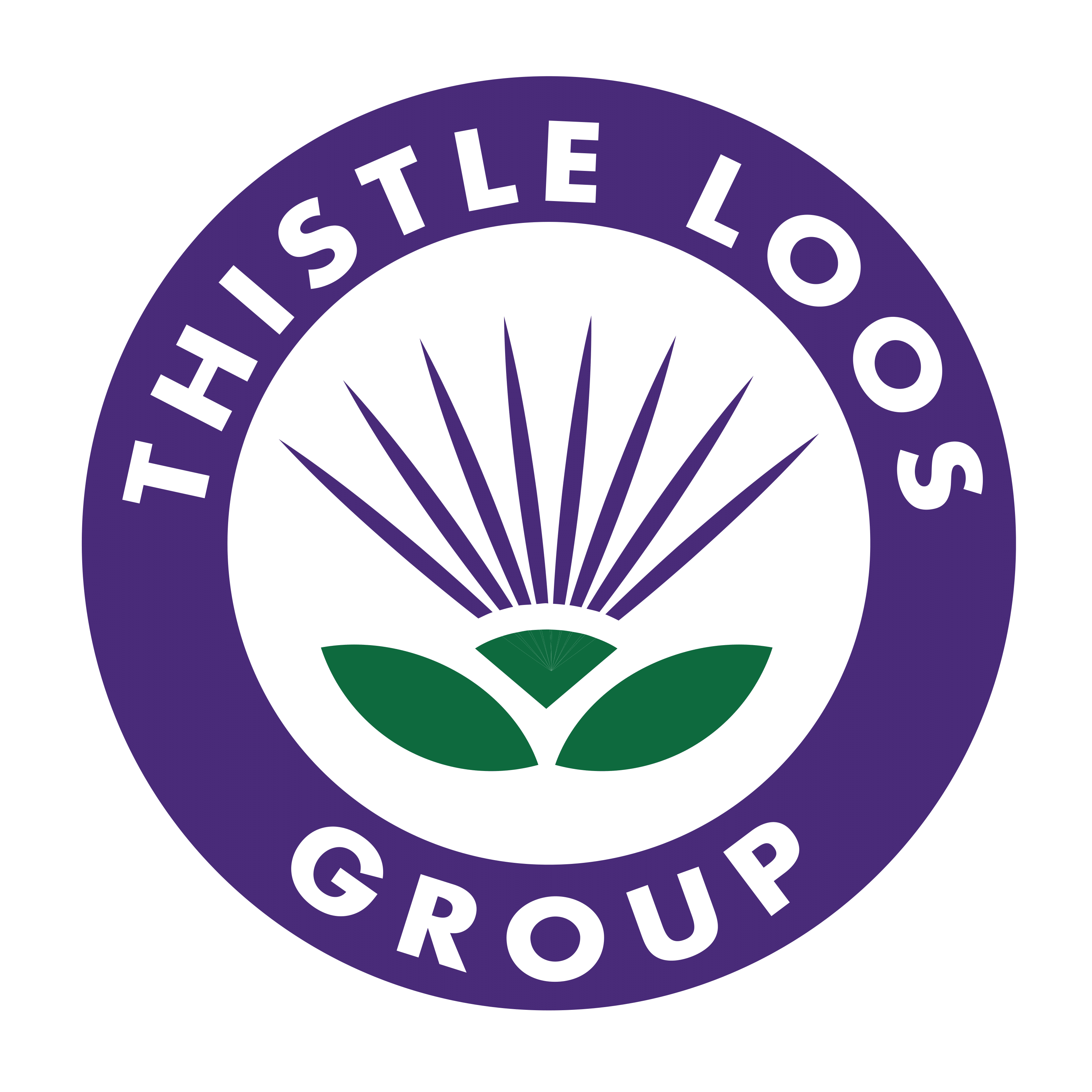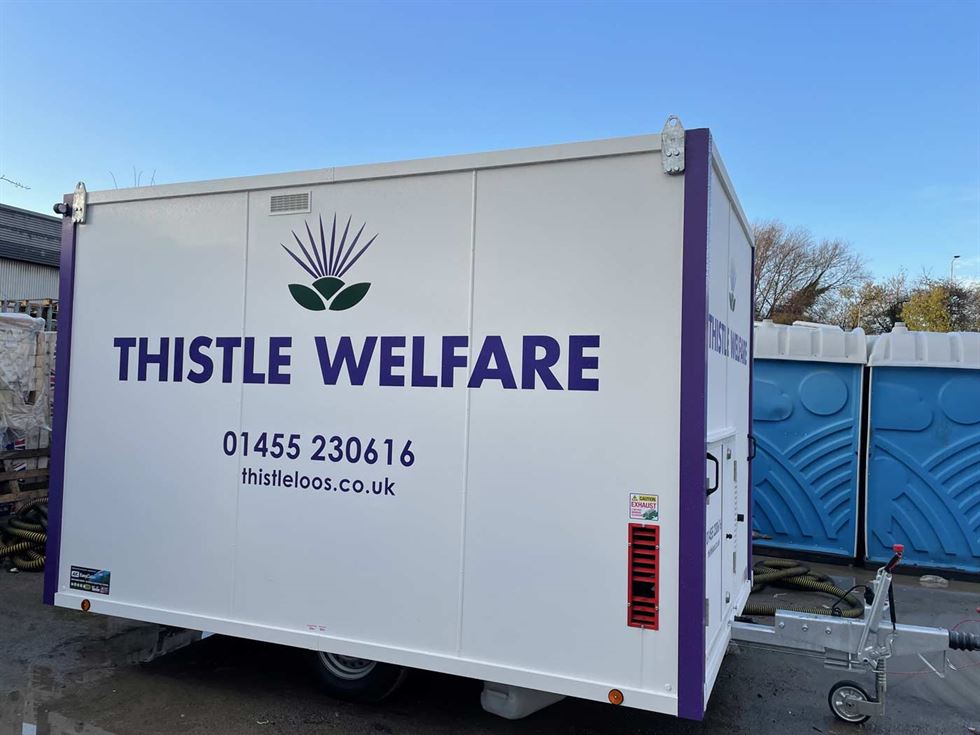Construction sites and events share a common need—maintaining a clean and hygienic environment to ensure the health and well-being of workers and attendees. One often underestimated aspect of achieving this goal is the regular emptying of welfare units. We’ll explore the vital role of welfare units in construction and event settings and provide insights into the importance of regular welfare unit emptying, best practices, safety measures, and more.
The Vital Role of Welfare Units in Construction and Event Settings
Welfare units serve as a cornerstone for maintaining the health and well-being of individuals in construction and event settings. Here’s why they are indispensable:
Comfort
Welfare units provide a comfortable and private space for individuals to take necessary breaks, use restroom facilities, and access essential amenities.
Hygiene
They play a critical role in maintaining hygiene standards, reducing health risks, and preventing the spread of illnesses.
Safety
Welfare units ensure the safety of workers and event attendees by offering a secure and accessible location for personal needs.
Understanding the Importance of Regular Welfare Unit Emptying
Regular emptying of welfare units is not just a matter of convenience; it’s a fundamental aspect of ensuring health and well-being. Here’s why it matters:
Neglecting regular emptying can lead to health hazards due to the accumulation of waste, unpleasant odours, and unsanitary conditions. Another important factor of welfare emptying is proper waste disposal is essential to minimise the environmental impact of welfare unit usage. Lastly clean and well-maintained welfare units contribute to guest and worker satisfaction, positively impacting their overall experience.
Welfare Unit Emptying: Best Practices and Methods
Emptying welfare units requires a systematic approach to maintain hygiene and safety. Here are the best practices and methods to follow:
Scheduled Emptying: Develop a regular emptying schedule based on usage rates and the specific needs of your construction site or event.
Waste Disposal: Use appropriate waste disposal methods and ensure that waste is disposed of in compliance with local regulations.
Servicing Procedures: Implement thorough servicing procedures to maintain a hygienic environment within the welfare units.
Frequency of Emptying Based on Usage and Regulations
First of all consider the number of workers or event attendees and their usage patterns to determine the appropriate emptying frequency. Once this has been decided you need to adhere to local regulations and guidelines regarding waste disposal and hygiene standards.
Ensuring Hygiene and Safety During Welfare Unit Emptying
Emptying welfare units must be conducted with a focus on hygiene and safety. Here’s how to ensure a safe process:
Personal Protective Equipment (PPE)
Ensure that individuals involved in the emptying process wear appropriate PPE, including gloves and protective clothing.
Ventilation
Adequately ventilate the area during emptying to minimise exposure to odours and fumes.
Hygiene Stations
Set up hygiene stations for individuals involved in the process to clean their hands and equipment afterward.
Welfare Unit Emptying at Thistle Tanks
In conclusion, the welfare unit emptying is a critical aspect of ensuring health and well-being in construction sites and event settings. Clean and hygienic welfare units contribute to the overall comfort and satisfaction of workers and attendees. By following best practices, adhering to regulations, and prioritising safety measures during the emptying process, you can create a safe and healthy environment for everyone involved.
Here at Thistle Tanks we pride ourselves on an efficient and professional emptying service for your welfare units. We have a large fleet of purpose-built, vacuum tankers and over two decades of experience providing welfare unit emptying for building sites across the Midlands. Facilities vary from site to site, so whether you need us to empty tanks used for your toilet facilities, canteen cabin or welfare unit contact us today and we will remove the contents of your tank safely, efficiently and ethically.

